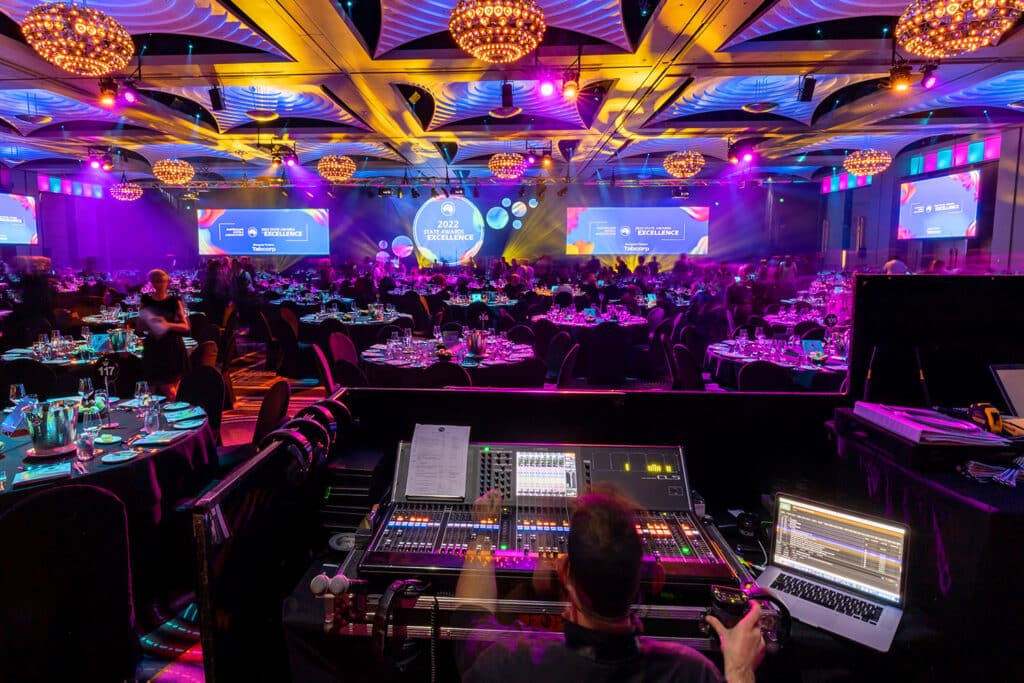The initial phase in footage projection on curved surfaces is to understand the geometry of the surface. Curved surfaces can be intricate, with different degrees of bend. To attain a smooth display, it is important to create a 3D model of the surface. This model helps in visualizing how the video will appear when projected. Applications tools are accessible that permit users to create these models and simulate the projection. By precisely aligning the measurements and shapes of the surface, creators can ensure that the video aligns perfectly without distortion.
Once find out here now the 3D model is ready, the next phase is to edit the video content. This involves modifying the footage to fit the specific shape and dimensions of the rounded area. It is essential to consider the angles and viewpoints from which the viewers will observe the display. The material should be designed to enhance the aesthetic encounter, making it engaging and relevant to the concept of the event or installation. Using premium visuals and animations can significantly improve the overall impact of the display.
After editing the content, the actual projection process begins. This includes placing up the projectors at the correct positions and spaces to ensure that the video matches with the 3D representation. Calibration is a key part of this process. It may necessitate modifying the brightness, contrast, and sharpness of the projectors to achieve the optimal results. Additionally, using several devices may be required to cover bigger or more complex surfaces. This method, known as edge blending, helps create a continuous visual across the whole surface.

Ultimately, trialing the projection is essential before the final presentation. This enables creators to make any necessary adjustments to the video and projector configurations. It is also an chance to see how the audience will perceive the display from different perspectives. By confirming that the video mapping is perfect, creators can deliver a remarkable aesthetic encounter that leaves a lasting impact. Mastering video projection on curved areas not only improves artistic expression but also creates new opportunities for storytelling and audience interaction in various environments.